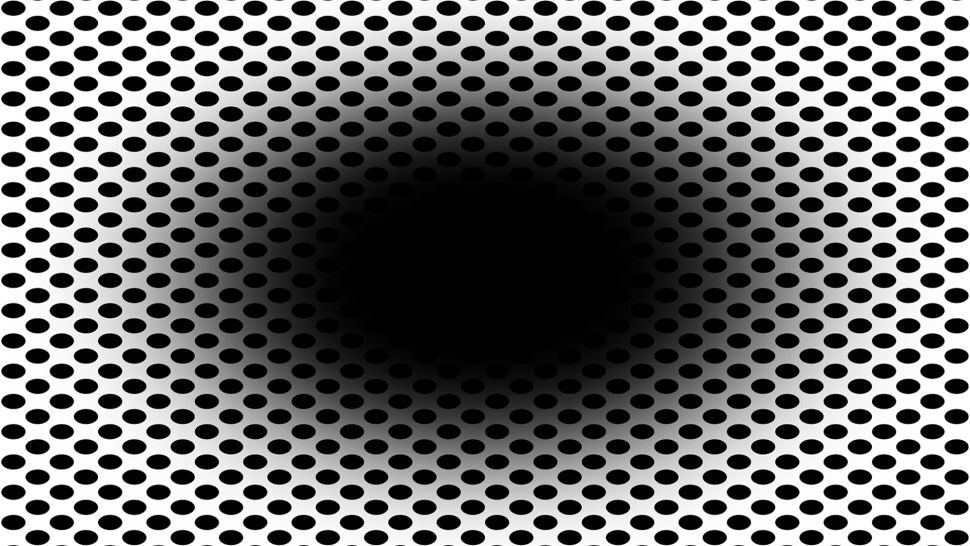OF THE
TIMES
...part 1 and part 3 of this book only marginally refer to totalitarianism. It is not my aim with this book to focus on that which is usually associated with totalitarianism — concentration camps, indoctrination, propaganda — but rather the broader, cultural-historical processes from which totalitarianism emerges. This approach allows us to focus on what matters most: Totalitarianism arises from evolutions and tendencies that take place in our day-to-day lives. (PT, p. 8)

"What would the left hemisphere's world look like?" if the left hemisphere of the brain "became so far dominant that, at the phenomenological level, it managed more or less to suppress the right hemisphere's world altogether."In this series of posts I'd like to break down his conclusion and discuss just how closely our world is conforming to the left hemisphere's perspective.
"Roughly 21% of Generation Z Americans who have reached adulthood — those born between 1997 and 2003 — identify as LGBT. That is nearly double the proportion of millennials who do so, while the gap widens even further when compared with older generations."Abigail Shrier, meanwhile, reports a 1,000-fold increase in trans identification. Reactions to these trends have varied. Republican Congresswoman Marjorie Taylor Greene thinks they indicate that there will be no straight people in a few generations; Bill Maher lampoons the increase as a rebellious fad; and progressives celebrate the rise as an electoral boon for the Democrats. Other liberals view the rise as the product of increasing toleration, similar to left-handedness, in which identification increases as stigmas are lifted and people come out of the closet.
Attachment is the origin, the root of suffering; hence it is the cause of suffering.


Comment: Dr. Mercola's interview with Prof. Desmet:
Further reading: